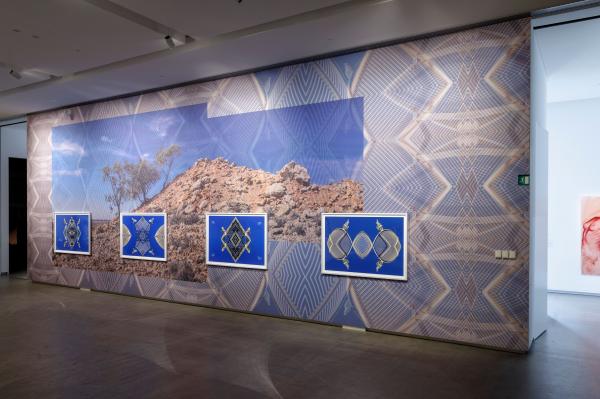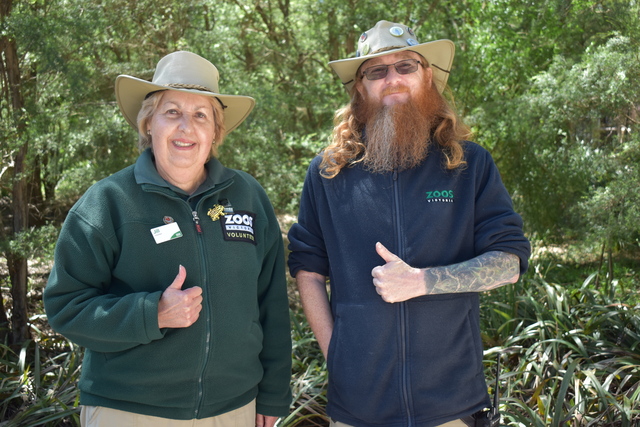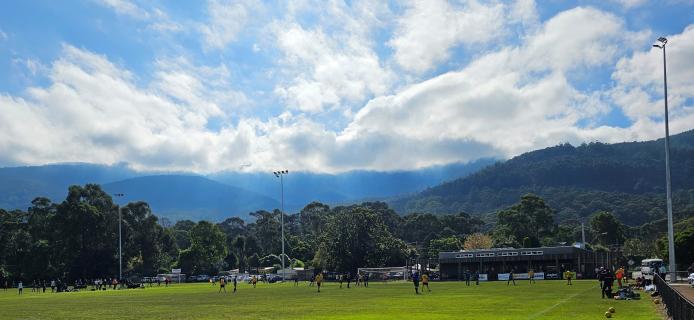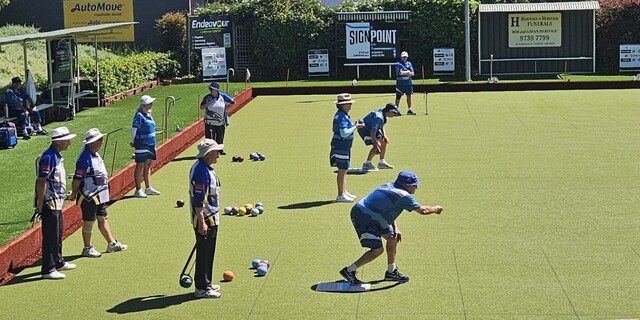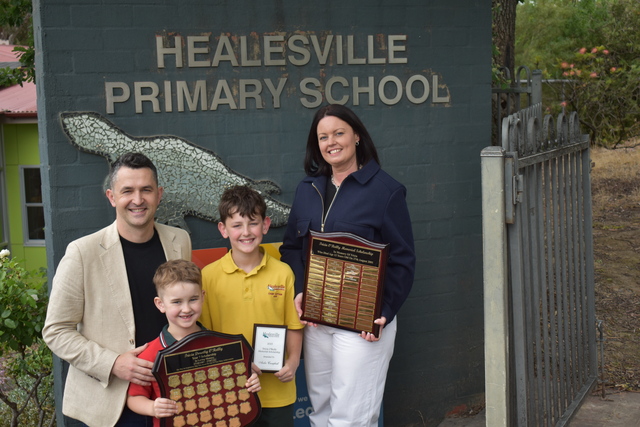A new virtual tour of Tarrawarra Museum of Art’s exhibition WILAM BIIK has launched, allowing the community to explore while the gallery’s still closed under state restrictions.
The exhibition showcasing First Peoples of South East Australia begins by acknowledging home country and displaying ancestral tools.
Many of the pieces are on loan from Museum Victoria and the Koorie Heritage Trust, including Wurundjeri leader and artist William Barak’s artworks, parrying shields and boomerang from the 1890s.
The First Nations Curator for the show is Stacie Piper a Wurundjeri and Dja Dja Wurrung woman and a descendant of William Barak.
“I’ve been very lucky, I’ve always been connected to my community and we have a lot of repositories of knowledge for our community, like William Barak who painted these incredible paintings around ceremony, and my granny Jermima who did basket weaving, and that’s still going – we’re lucky we still have those links. So for me it’s about conveying that information and that knowledge,” Stacie Piper said.
Ms Piper created the exhibition for Yalingwa, a government and gallery partnership, but outside of the two year position she works for Museum Victoria.
“I just always wanted to work at the museum, my family have been involved with the museum since the day it was built.
“In Carlton they had a ceremony of turning the soil with the minister and my mum and aunties and family were all there to turn the soil and I suppose that relationship goes back so far because of the ancestor collections that they held, there are our families that are in there.”
Ms Piper said working for the Museum and in the arts sector is something she’s always been connected to.
“We’re storytellers from a long time ago, that’s how we share culture and knowledge through oral history and storytelling and I’ve always grown up around that.
“I’ve always loved celebrating our culture. Before even working for the museum and becoming a curator I was working in events at Wurundjeri Council and doing fashion shows, and sharing indigenous stories through jewelry and clothing.
“I was always putting the stories out there in the arts sector, whether it was fashion, music, we do it through song and dance with the Djirri Djirri and I love doing it through promoting the artists in our community, and getting them to create works, and then putting that all into a bigger story.”
And that’s exactly how the First Nations curator has portrayed the Wilim Biik exhibition, through honouring ancestors followed by embracing current artists that can be seen as you go through the virtual tour.
“I wanted to show that continuity because we have in that same space the Djirri Djirri adornments and there’s some other tools in there that have been made by people today and they’re in an open display, whereas the ancestor collections are in showcases, under very soft lighting which is how you need to display these items.”
The virtual tour is available through https://www.twma.com.au/channel/wilam-biik-360-virtual-tour/


